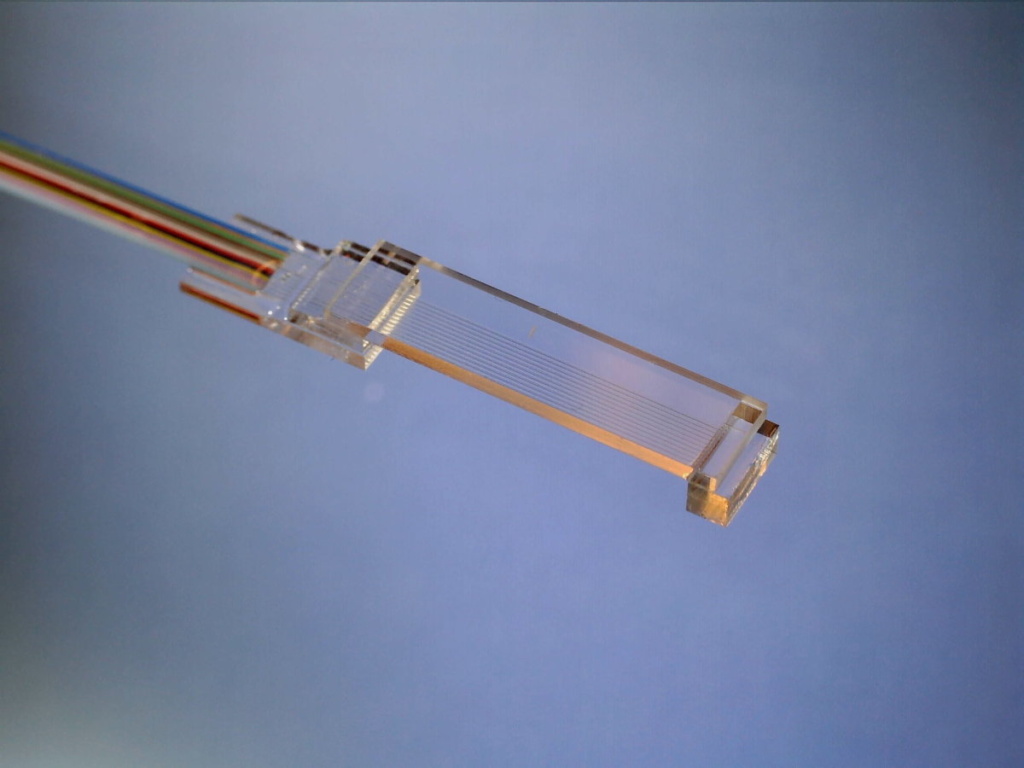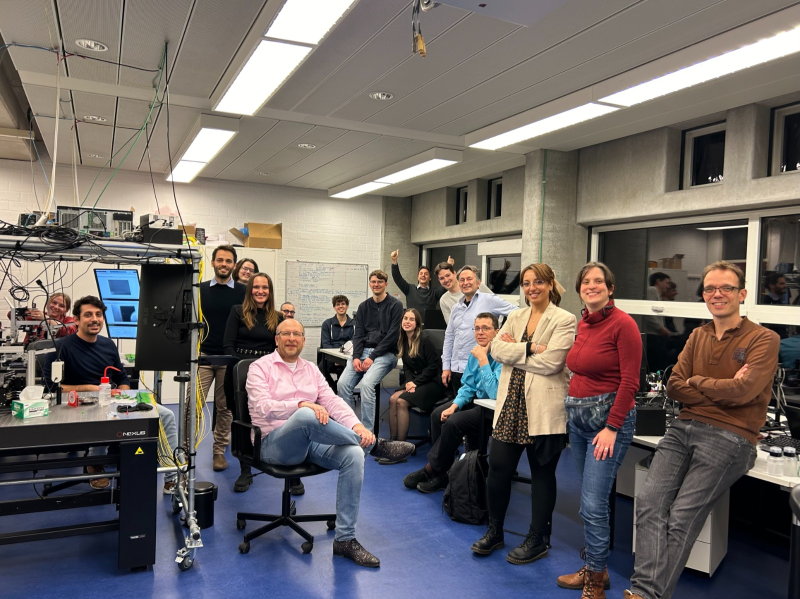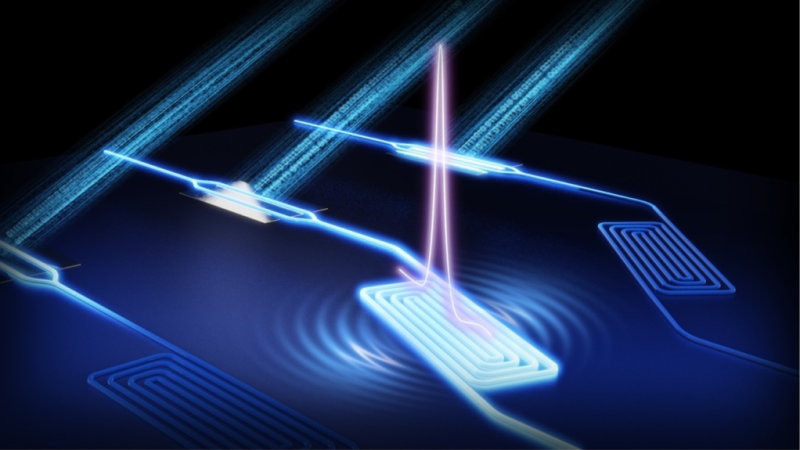Your cart is currently empty!

When every photon counts: Microalign’s key-enabling tech for photonic quantum computing
The ultra-precisely aligned fiber arrays of Dutch startup Microalign address one of the biggest bottlenecks standing in the way of quantum computing at scale.
In the race to build the world’s first quantum computer that can solve real-world problems, an Eindhoven-based startup will be key for photon-based quantum computing technology. Microalign has developed a revolutionary fiber array connector that enables the attachment of tens of optical fibers to photonic chips, with the ultra-low loss performance required by the photonic quantum computing industry. “Every photon counts in photonic quantum computing,” Microalign CEO Simone Cardarelli explains. “We offer a key enabling technology for manufacturers trying to achieve quantum supremacy through a scalable optical network.”
The company’s roots trace back to two Italian friends – Cardarelli and now-CTO Marco Fattori – deciding to participate in the European Erasmus student exchange program at Eindhoven University of Technology. They extended their stay with a PhD, which led to the technical feasibility studies that underpin Microalign. Following a grant from the Dutch Research Council (NWO) and follow-on funding from Photondelta and others, the pair officially incorporated in 2021.
Embedded in the Photondelta ecosystem, Microalign has benefited from shared expertise, tight networks and access to talent along the way, says Cardarelli. “Being here means being surrounded by companies that understand what we’re doing. It’s easier to connect, learn and collaborate when you’re a short drive away.”
The turning point came when they pivoted toward quantum computing as a primary market. “We realized our technology could make a real impact by solving a major bottleneck in low-loss optical network scalability,” Cardarelli explains. “From there, our strategy crystallized.” Quantum technology doubles as a springboard to other applications, however. The company’s strategy is to establish dominance in quantum first, then expand to other high-end, high-precision domains.

Best-in-class
Microalign sells ready-to-integrate fiber arrays – assemblies of fibers encapsulated in glass blocks – aligned with tenfold higher accuracy and 75 times lower fiber-to-chip coupling loss compared to traditional methods. This year, the company delivered 100 fiber arrays to paying customers and is rapidly gearing up to scale, with preparations underway to open a 500-square-meter production facility by 2026 capable of outputting up to 100,000 fiber arrays annually. Backed by a 2024 1-million-euro seed round led by DeeptechXL and Photonventures, Microalign is now preparing for its next funding round in the second half of next year to support this aggressive growth.
Meanwhile, the firm is hard at work to perfect its manufacturing process, supported by external partners with deep expertise in fiber handling. “Fiber behaves chaotically when handled; it’s not like a typical pick-and-place process. The challenge is to automate as much as possible a process that’s inherently delicate,” notes Cardarelli.
“Our dream is to build a successful manufacturing plant here in Brabant with more than 100 people,” he continues. “We want our fiber arrays to be the gold standard for any new photonic chip that demands best-in-class connectivity performance. If we can contribute to the first utility-scale quantum computer, that would be incredibly rewarding.”
This article was written in close collaboration with Photondelta. Top image: a fiber array made by Microalign. Credit: Microalign


